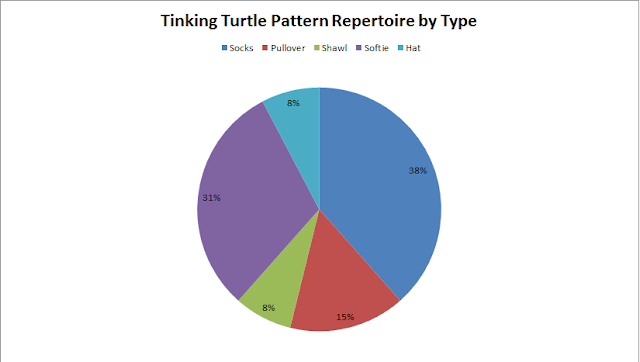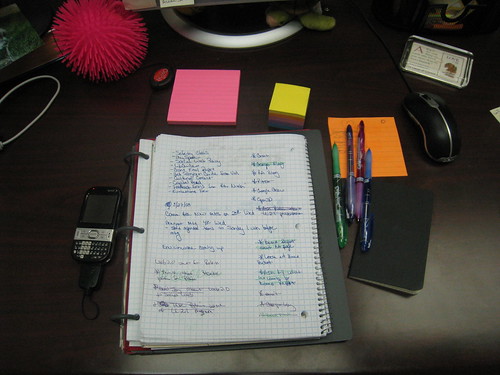
You might wonder how this class fits into my normal lineup, as most of my classes are knitting and crochet related. Ravelry is a knitting and crochet-focused website with more than 6 million users. While it isn’t a technique that will make your knitting shine, or challenge your crochet skills, it will teach you how to make the most out of this valuable website. I use Ravelry daily – to find patterns, connect with other crafters, answer questions about my patterns, and learn more about yarn. When I have a question about nearly anything, I can go to Ravelry to get my answers.
You might also wonder how this class is different than the one I taught a few years ago thru Interweave. Well, to be frank, technology is changing all the time, and the class that I taught before isn’t completely up-to-date. I found that I had new tips, new perspectives, and new techniques to share. Ravelry had rolled out new functionality, and I thought it was valuable enough to update!
Want to sign up for the course? I’d love to have you! Enroll now: https://www.craftonlineuniversity.com/courses/ravelry-101.






